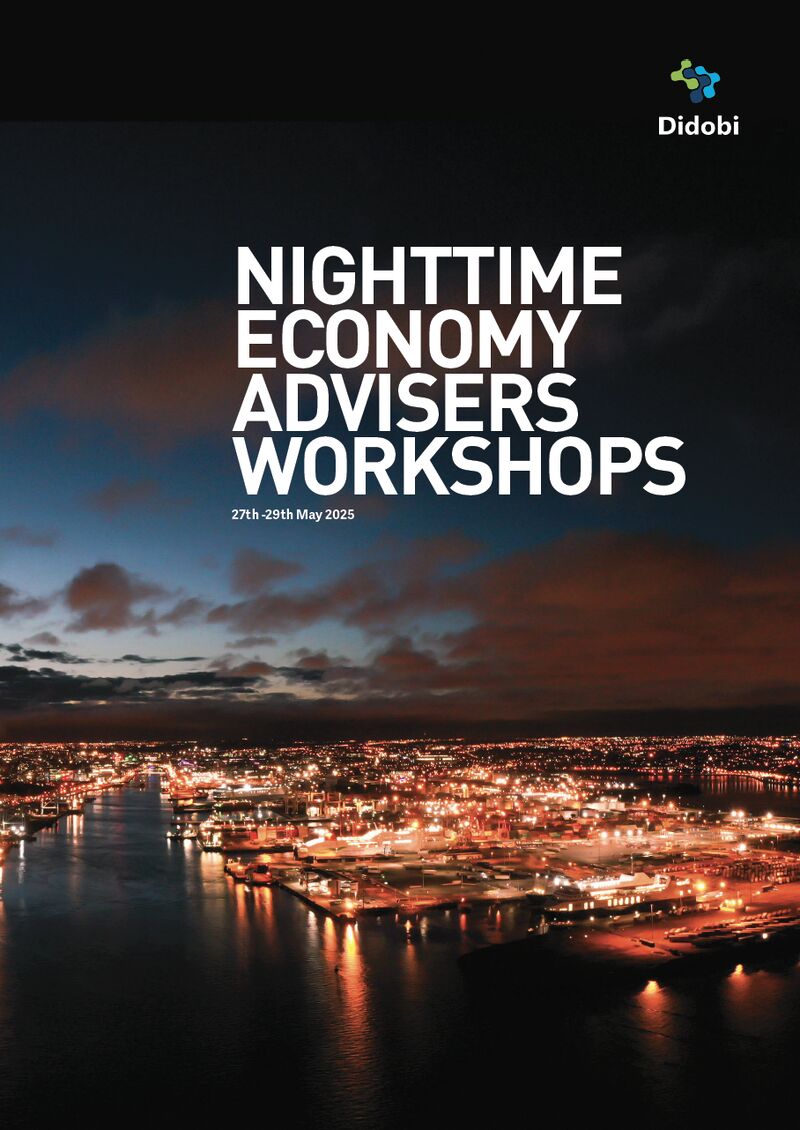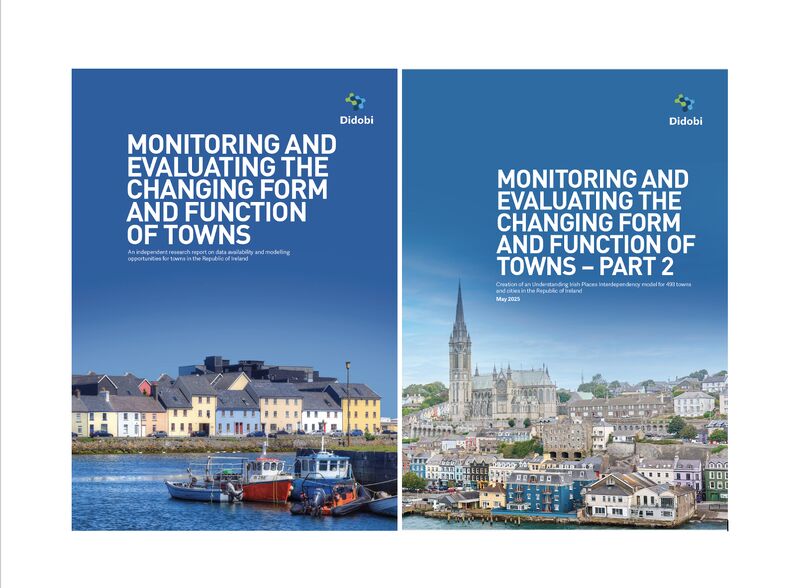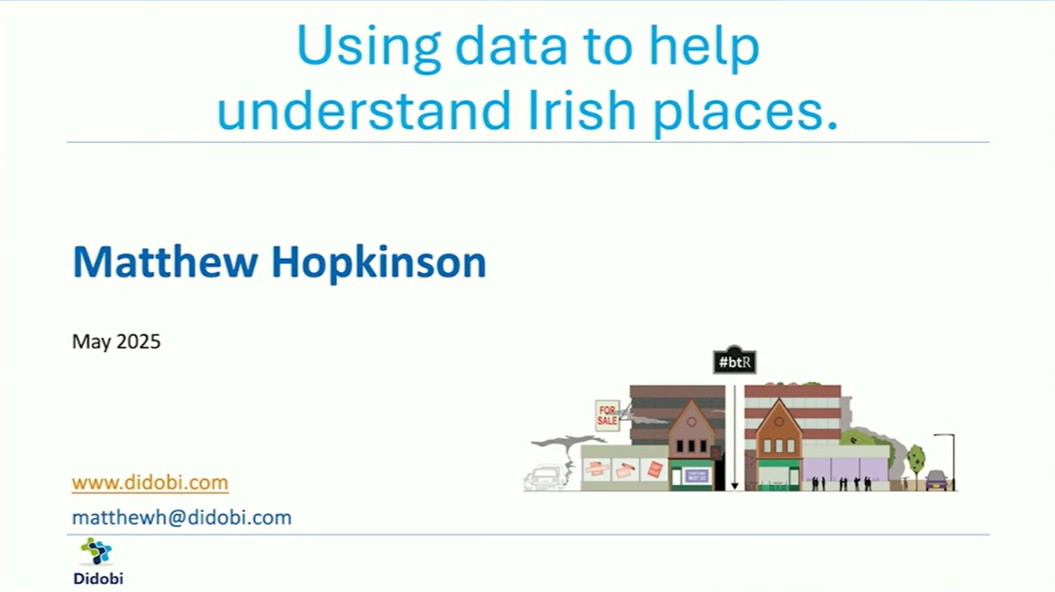Is Government informed enough on the state of UK retail to govern effectively?
So is today is the ‘end of the beginning’, as the final witnesses present themselves in Committee Room 8 for the The Business, Innovation and Skills Committee inquiry into the UK retail sector. Today’s turn is Bill Grimsey who led on the most scientific and comprehensive retail review to date. (I am biased as I was part of it, but it was a first in terms of coming from a factual and evidence base and working up.) Next up are two politicians, Brandon Lewis (MP for Great Yarmouth), the new ‘High Streets’ Minister but one in a more junior ministerial position than his predecessor Mark Prisk; and Michael Fallon, who is fresh from the Royal Mail sell off debate. Michael is the Minister of State for Business and Enterprise along with being MP for Sevenoaks. How well informed they are on the retail and leisure sector of the UK I will leave to your judgement and that of the committee who will question them later today.
Great Yarmouth and Sevenoaks in many ways reflect the variances we see through our field-collected data across the country. Great Yarmouth has twice the number of units as Sevenoaks but it also has double the vacancy rate of Sevenoaks, which is also 4.5% higher than the national average. In terms of comparison goods retailers, which are in retreat from the high street, they both have an oversupply with 10% more than the national average. For Great Yarmouth this comes in the form of charity shops (19), gift shops (26), electrical goods and phone shops (18), pound shops (4), and fashion and general clothing (46). When you look at Sevenoaks, the numbers fall like this: charity shops (6), gift shops (6), electrical goods and phone shops (11), pound shops (1), and fashion and general clothing (28). As you can see two very different towns!
Earlier in the year we did some work with Jonathan Reynolds of Oxford University into retail diversity and the changing nature of our town centres. For more information see here (PDF).
From this research we created a Milliband Index, which was the presence of bookmakers, pawnbrokers and cheque cashing. Sevenoaks has a solitary score of 1, whilst Great Yarmouth is 12! When you then apply the total retail diversity (presence of different shop types and the independent vs multiple mix), Sevenoaks (0.26) is less diverse than Great Yarmouth (0.32). (The maximum diversity score in this index would be 1.)
The inquiry will come to an end, but for me what is clear from all the reviews, inquiries, and television programmes on UK retail, the latest being Robert Peston’s, is that the Government is not tracking the changes taking place in the way that we track the market at The Local Data Company. Is government, therefore, well enough informed to formulate policy, planning, or adjustments to taxation? Every ship, no matter the size, needs a radar! Where is the government’s both nationally and locally?






Leave a comment: